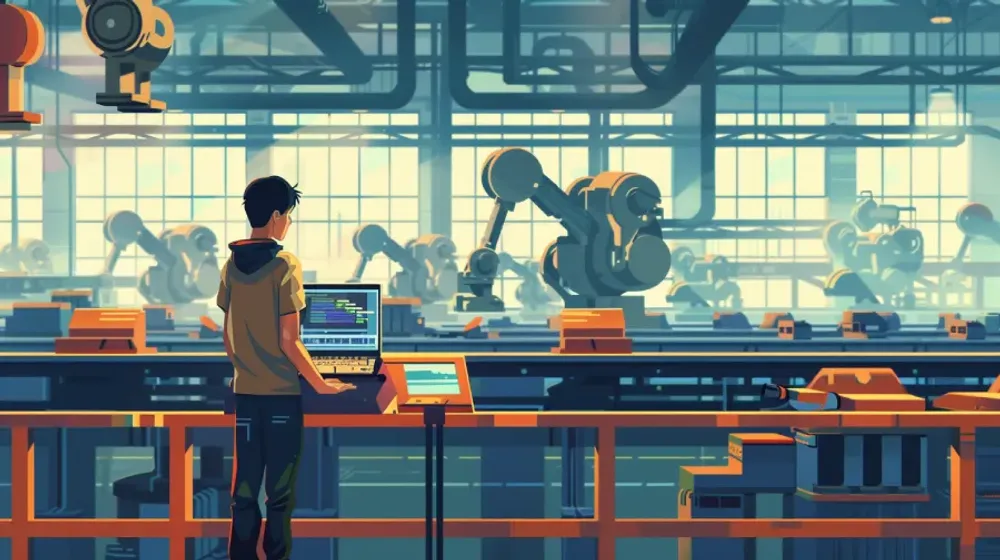Selection Software
- 25 Oct, 2023

I want to share a little story about my unexpected journey into the world of selection software, specifically the kind used in factories. It all started back in 2015. I was working in the quality department, far removed from anything related to sales or software development. My company had just pivoted to creating specialized machines for data centers, and my curiosity sparked. I had coded a bit with some DLLs from our main suppliers, purely out of interest.
As the project progressed, it became evident that we needed someone to develop selection software. Seeing an opportunity, I volunteered. Not only did I want to learn more, but I also saw a chance to earn a bit more money. So, I set a price for the software and got to work.
My first attempt at creating selection software was, to put it mildly, rudimentary. It wasn’t the most feature-rich or visually appealing software out there, but it worked. It did exactly what we needed it to do, and we had full control over it. Even today, that software is still in use.
What surprised me the most was the value of such software. Later on, when the company considered putting the software online and adding more features, the quoted cost was about 10-15 times what I had charged. This was a revelation.
The Niche Market: A Hidden Goldmine
Here’s the thing about selection software: it’s not just about programming. Sure, you need to have some coding skills, but more importantly, you need a solid understanding of engineering principles. You need to know how things work, why certain data is inputted in a particular way, and what outputs are expected.
In essence, a DLL is like an API. You connect it to your software, input some data, and get the desired outputs. It’s straightforward. Presenting this data in a technical sheet is also relatively simple. Yet, the amount of money companies charge for this service is staggering, not to mention the time it takes to develop.

There are very few specialists in the field of selection software for factories. Most software developers are drawn to creating the next big consumer app, like the next Meta or Instagram. However, there’s a massive, largely untapped market in industrial software, particularly selection software for factories.
The justification for the high prices is easy. A new feature or update in selection software can lead to hundreds of thousands or even millions in sales. It might be something customers had been asking for years, and it directly translates into tangible benefits, unlike some of the more frivolous apps out there.
One of the biggest challenges when outsourcing selection software is the time it takes to develop new features. Since there are so few specialists, the waiting list is long. Developing a new functionality can take anywhere from 12-24 months, which is a significant amount of time. Lead time would be a key selling point for any new entrants into this market.
For instance, in this 2023, we launched a new product. I built the online selector from scratch for our factory’s website. While the project took longer than expected due to other commitments, the programming part was relatively straightforward. Knowing the product and having some programming fluency made the process smoother, and much faster than what the typical consulting could offer.
Given my experience, I’m surprised more people don’t venture into this field. The potential is enormous. For any indie hackers reading this, consider diving into selection software for manufacturing companies. It’s a niche market with high demand and lucrative opportunities.
Looking back, my journey into selection software has been incredibly rewarding. It started with a simple curiosity and evolved into a significant part of my professional life. I’ve learned a lot, not just about programming, but also about the intricacies of engineering and the value of specialized software.
So, if you’re an engineer or a developer looking for a new challenge, why not give selection software a try? It might just be the opportunity you’ve been waiting for.


